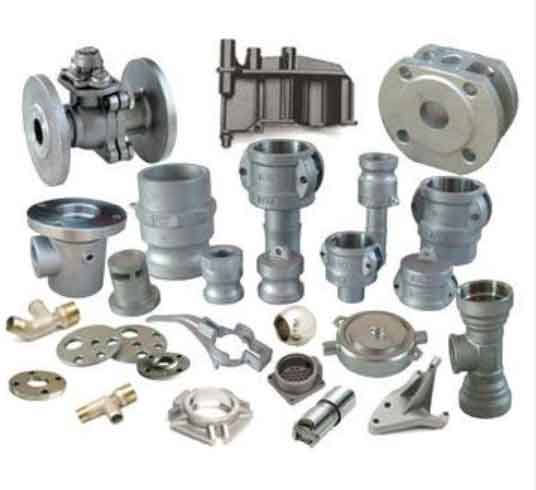Sand casting is a versatile and widely used casting process that involves pouring molten metal into a mold cavity formed by compacted sand. It is one of the oldest and most traditional methods of casting, dating back thousands of years. Sand casting offers several advantages, including its suitability for producing large and complex parts, its low cost, and its ability to work with a wide range of metals. In this comprehensive guide, we will explore the art and science of sand casting, covering the process, materials, tools, and techniques involved.

- Pattern Making:
- The first step in sand casting is creating a pattern, which is a replica of the desired part. Patterns can be made from various materials such as wood, plastic, or metal.
- The pattern should be slightly larger than the final part to account for the shrinkage of the metal during cooling.
- The pattern may be made as a single piece, split pattern, or a pattern with loose pieces to facilitate mold removal.
- Mold Preparation:
- A mold consists of two halves, the cope (top) and the drag (bottom), which are made by packing sand around the pattern.
- Green sand, a mixture of sand, clay, and water, is commonly used for mold making. Other types of sand, such as resin-bonded sand or oil sand, can be used for specific applications.
- The sand is packed tightly around the pattern to ensure good detail and dimensional accuracy.
- Cores, which are sand shapes used to create internal features, can be inserted into the mold cavity if needed.
- Gating and Riser Design:
- Gating refers to the system of channels that allow the molten metal to flow into the mold cavity.
- Risers are additional cavities that act as reservoirs for molten metal to compensate for shrinkage during solidification.
- Proper gating and riser design are crucial for obtaining sound castings without defects like shrinkage voids or misruns.
- Melting and Pouring:
- The metal is melted in a furnace to the required temperature and composition.
- Once molten, the metal is poured into the mold cavity through the gating system.
- Care must be taken to ensure the metal fills the mold completely and evenly, avoiding turbulence and air entrapment.
- Solidification and Cooling:
- After pouring, the molten metal cools and solidifies in the mold cavity.
- The solidification time depends on the metal and its mass, and it is essential to prevent premature mold opening, which could lead to casting defects.
- Cooling rate and the use of various techniques, such as insulating materials or controlled cooling, can affect the microstructure and properties of the casting.
- Shakeout and Finishing:
- Once the metal has solidified, the mold is broken open, and the casting is removed. This process is known as shakeout.
- The casting may require cleaning to remove excess sand, fins, and other imperfections.
- Various techniques, such as grinding, shot blasting, or machining, can be used to achieve the desired surface finish and dimensional accuracy.
- Inspection and Testing:
- Castings should undergo inspection to ensure they meet the required quality standards.
- Non-destructive testing (NDT) methods like visual inspection, radiography, or ultrasonic testing can be employed.
- Mechanical testing, such as tensile, hardness, or impact tests, may also be conducted to evaluate the casting’s mechanical properties.
- Post-Casting Operations:
- Depending on the application, additional operations like heat treatment, surface coating, or machining may be required to enhance the casting’s properties or achieve final specifications.
Sand casting is a complex process that requires a balance between artistry and scientific understanding. By mastering the various aspects of pattern making, mold preparation, gating design, pouring techniques, and finishing operations, skilled craftsmen and engineers can produce high-quality castings in a cost-effective manner.
